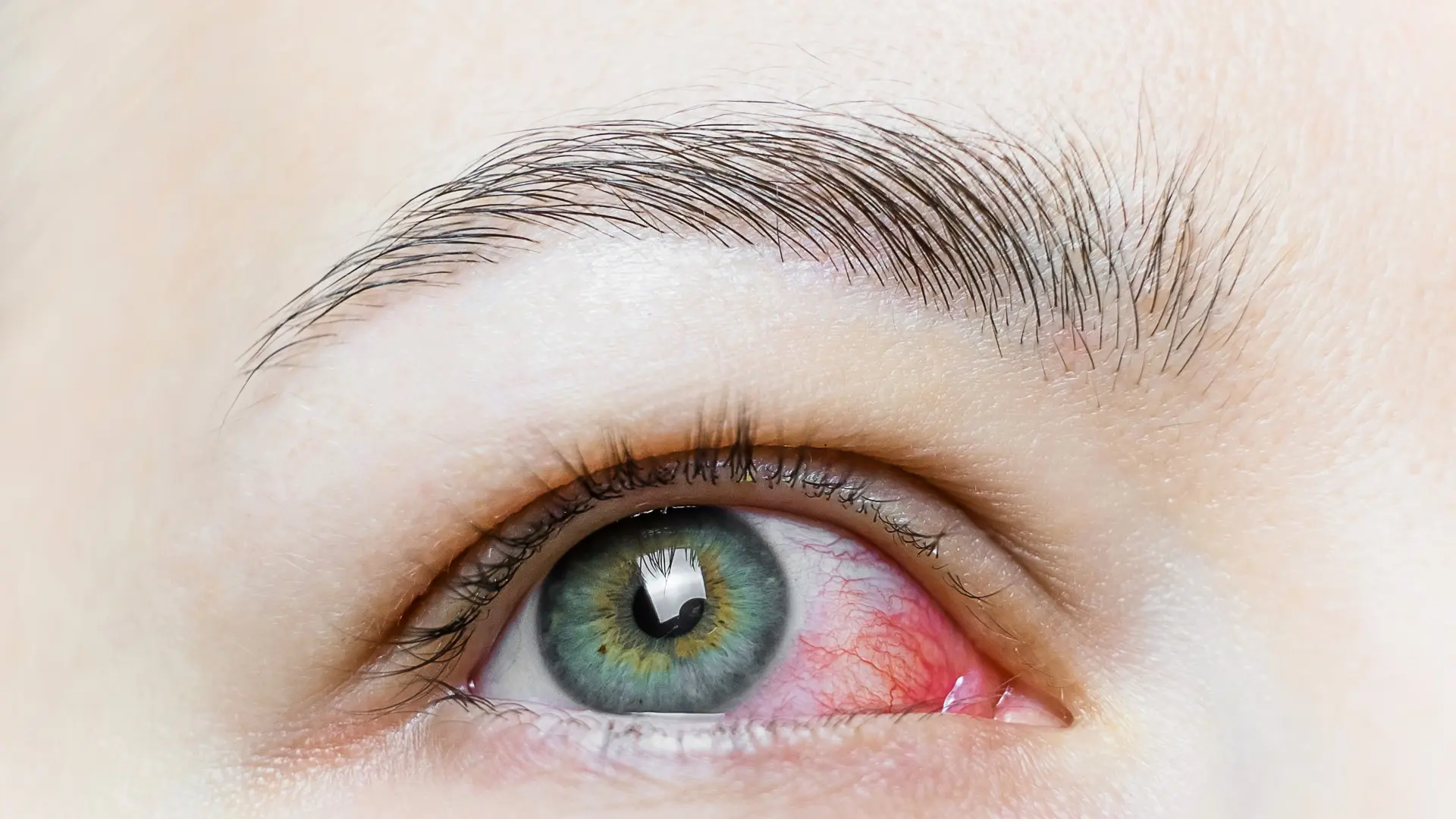Facial harmony plays an enormous role in how we are perceived and, equally important, how we perceive ourselves. While some individuals are naturally blessed with high cheekbones, sculpted jawlines, and slim facial contours, others inherit fuller, rounder cheeks that can create a baby-faced appearance well into adulthood. This fullness often leads to feelings of insecurity, as round cheeks may disguise bone structure and make the face appear heavier than the rest of the body. For many patients, this imbalance creates frustration: even with dieting, exercise, or weight management, the cheeks remain plump, leading to the impression of weight gain or a lack of definition.
On social media and in everyday life, the prevalence of sharp jawlines and defined cheek hollows in celebrities, influencers, and models has set a new aesthetic standard. Patients often compare themselves to these images and long for more pronounced cheekbones and sculpted contours. This desire for definition has made procedures like bichectomy increasingly popular, as it directly addresses the specific fat pocket that contributes to facial roundness: the buccal fat pad.

What is a bichectomy?
A bichectomy, also called buccal fat removal surgery, is a cosmetic surgical procedure designed to reduce cheek fullness by removing the buccal fat pads, pockets of fat located deep within the lower cheeks. These fat pads are distinct from superficial fat layers of the face, and they do not typically fluctuate significantly with changes in body weight.
During the surgery, the surgeon makes a small incision (usually 1 to 1.5 centimeters) inside the mouth, through which the buccal fat pad is carefully extracted. The incision is then closed with absorbable sutures, which dissolve naturally within about three weeks. Because the incision is intraoral (inside the mouth), no visible scars remain on the skin. In rare cases, an incision under the chin may be used, but this is usually reserved for combined procedures such as a facelift or double chin removal.
The ultimate goal of bichectomy is to create a slimmer, more contoured midface, highlighting the cheekbones and enhancing overall facial harmony. The procedure is relatively quick, straightforward, and minimally invasive, making it an attractive option for patients seeking subtle but impactful refinement.
What Causes Full or Round Cheeks?
The appearance of plump cheeks can be influenced by several factors, with genetics being the primary determinant. Some individuals simply inherit larger buccal fat pads, leading to naturally fuller faces regardless of body weight. But genetics is not the only factor at play:
• Weight fluctuations: While buccal fat pads are relatively resistant to weight loss, overall weight changes can still influence facial volume, sometimes exaggerating the fullness of the cheeks.
• Aging: Over time, facial fat distribution changes, and in some people, buccal fat pads may remain prominent while other areas of the face lose volume. This can create an imbalance.
• Other factors: Hormonal influences, facial structure, and even skin elasticity all play roles in how cheeks appear.
For patients who struggle with persistent fullness in the midface despite lifestyle adjustments, bichectomy provides a targeted solution that directly addresses the anatomic source of the issue.
Who is a Good Candidate for Bichectomy?
Not everyone with round cheeks is an ideal candidate for buccal fat removal. Surgeons carefully assess patient goals, facial anatomy, and health before recommending the procedure. Candidates generally include:
• Patients with full cheeks who want slimmer facial contours.
• Individuals seeking enhanced definition in the jawline and cheekbones.
• Healthy patients without underlying medical conditions that would complicate healing.
• Non-smokers or patients willing to quit smoking, since smoking delays healing and increases infection risk.
• Patients with realistic expectations, who understand that bichectomy refines contours but does not transform overall facial structure.

It is also important that patients are emotionally ready and have discussed their goals openly with their surgeon. Unrealistic expectations or the desire to look like a celebrity, rather than enhancing one’s own natural features, can lead to dissatisfaction.
The Bichectomy Process
Preoperative Phase: Consultation and Preparation
The journey begins with a thorough consultation. During this time, the surgeon examines facial anatomy, reviews medical history, and discusses goals. Patients are given preoperative instructions, such as:
• Avoiding blood-thinning medications (like aspirin, anti-inflammatory drugs, and certain herbal supplements) for about two weeks before surgery.
• Stopping smoking to ensure proper healing and decrease the risk of infection.
• Maintaining excellent oral hygiene, as the surgery involves intraoral incisions.
During the Procedure
• Anesthesia: Bichectomy can be performed under local anesthesia, but many surgeons prefer general anesthesia to ensure maximum comfort for both patient and surgeon.
• Incision: A 1–1.5 cm incision is made inside the mouth, near the upper molars.
• Fat removal: The buccal fat pad is gently teased out and removed in controlled amounts to avoid over-resection.
• Closure: The incision is closed with dissolvable sutures, which vanish naturally in about three weeks.
• Monitoring: Throughout, the surgical team carefully monitors vital signs to ensure safety.
In rare combined surgeries (e.g., when paired with a neck lift), an incision under the chin may be used. However, for bichectomy alone, the intraoral route is overwhelmingly preferred.
Postoperative Phase
Immediately after surgery, patients are monitored in a recovery room before discharge. Post-op care involves:
• Wearing a facial corset to support healing.
• Managing edema, or swelling, which is expected.
• Maintaining a soft or liquid diet for the first few days to avoid damaging the sutures.
• Following strict oral hygiene practices, such as rinsing with saltwater and brushing carefully to prevent infection.
• Attending follow-up appointments to monitor progress.
Full healing typically takes a few weeks, with swelling subsiding significantly by the third week, revealing the refined facial contours.
Types of Bichectomy Approaches
• Intraoral Incision (Most Common): Preferred method, leaves no visible scars, allows direct access to buccal fat pads.
• Submental/Chin Incision (Rare): Typically performed only in combined surgeries with procedures like a facelift or double chin removal. Not common for a standalone bichectomy.
Risks and Side Effects
As with all surgeries, bichectomy carries risks. These include:
• Swelling and bruising: Common but temporary.
• Pain or discomfort: Usually mild and managed with prescribed medications.
• Temporary sensory changes: Numbness in the cheek area may occur but typically resolves.
• Infection: Rare but possible if oral hygiene is not maintained.
• Asymmetry: Removal must be precise; an experienced surgeon minimizes this risk.
• Damage to facial nerves or parotid duct: Extremely rare but possible in unskilled hands.
• Sunken appearance over time: As aging progresses, loss of facial volume combined with buccal fat removal can sometimes lead to hollow cheeks.
How to Choose the Right Surgeon
Selecting a qualified surgeon is crucial. Patients should look for:
• Board-certified plastic surgeons with experience in facial contouring.
• Before-and-after photos of previous bichectomy patients.
• A clear discussion of risks, benefits, and realistic outcomes.
• A surgeon who prioritizes safety, sterility, and patient comfort.
Dr. Cengizhan is your safest bet for ensuring all goes smoothly and according to plan.
Longevity of Results
Unlike diet-related fat, buccal fat pads do not grow back once removed. Results are permanent. However, natural aging and weight fluctuations can still alter facial appearance over time. Patients who maintain a healthy lifestyle can expect long-lasting benefits.
Bichectomy and Other Body Contouring Surgeries
Bichectomy is often combined with other cosmetic procedures to enhance overall results:
• Dimple creation surgery
• Lipofilling (fat transfer)
• Jawline liposuction
• Facelifts or neck lifts
Combining procedures allows surgeons to create a balanced and rejuvenated look, tailored to each patient’s goals.
Common Myths About Bichectomy
• Myth: It makes you look gaunt immediately.
Truth: Results are subtle and enhance natural features. Over-resection is avoided.
• Myth: It’s the same as weight loss.
Truth: Bichectomy targets a specific fat pad unaffected by dieting.
• Myth: Scars will be visible.
Truth: Intraoral incisions heal invisibly inside the mouth.
Conclusion
Bichectomy is a safe, effective, and permanent solution for patients seeking slimmer cheeks and more defined facial contours. While genetics and lifestyle play major roles in cheek fullness, buccal fat removal offers a direct way to refine facial proportions. Choosing an experienced surgeon, maintaining realistic expectations, and committing to proper post-op care are key to achieving beautiful, natural-looking results.
FAQ
When can the results be seen?
Some improvement is visible immediately after surgery. However, swelling can mask the final result. By about three weeks post-op, once swelling subsides, the refined contour becomes clear.
Will there be scars?
No visible scars remain. Intraoral incisions heal naturally, and even the small mucosal scar inside the mouth fades within weeks.
Is the surgery painful?
Most patients report only mild discomfort, easily managed with prescribed pain relievers.
Can buccal fat return after surgery?
No, once removed, the fat pads do not grow back. However, overall weight gain or aging can still affect facial contours.
What happens if you don’t stop smoking before surgery?
Smoking decreases blood flow, delays healing, increases infection risk, and may even compromise final results. Quitting before and after surgery is strongly advised.
Which incision is more common: inside the mouth or under the chin?
The incision inside the mouth is the standard and most common approach. Under-the-chin incisions are very rare and usually reserved for combined surgeries.




